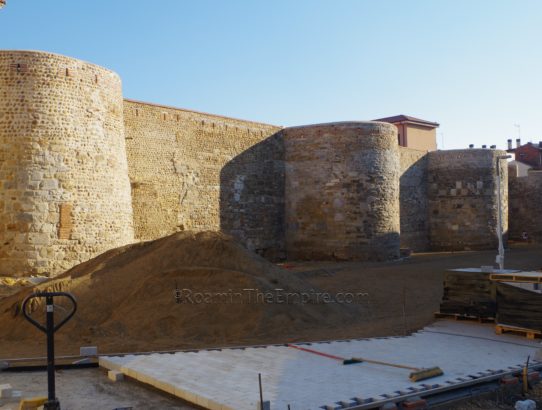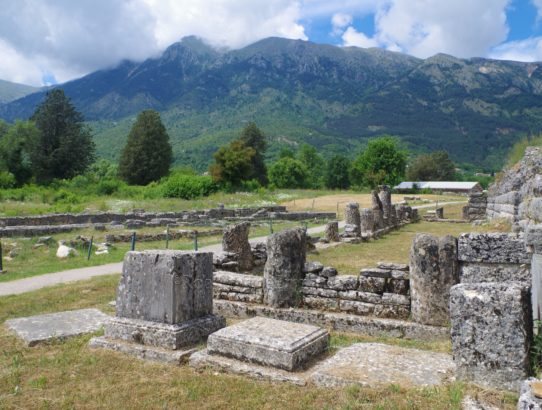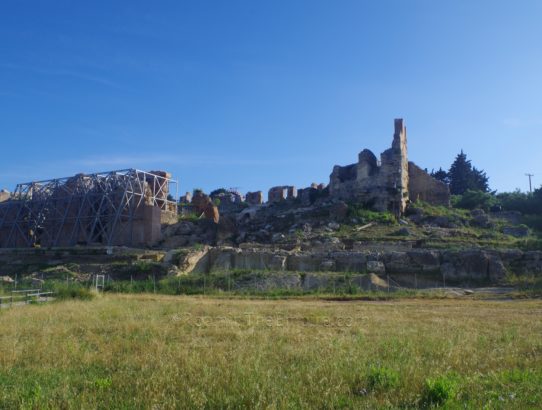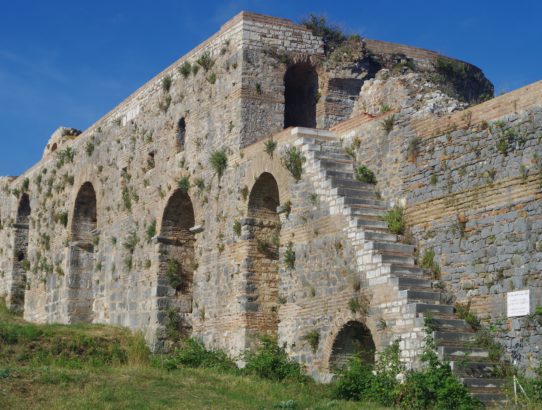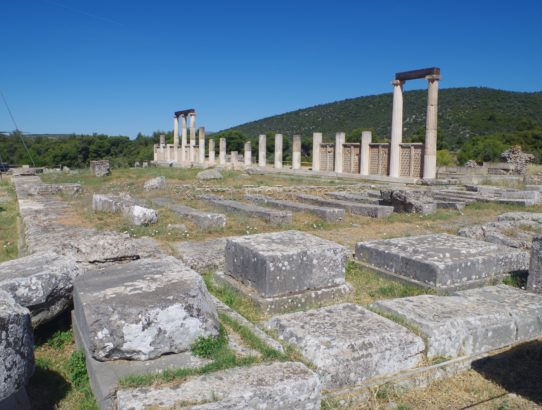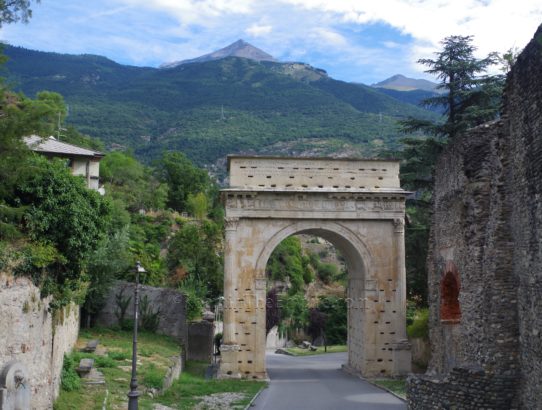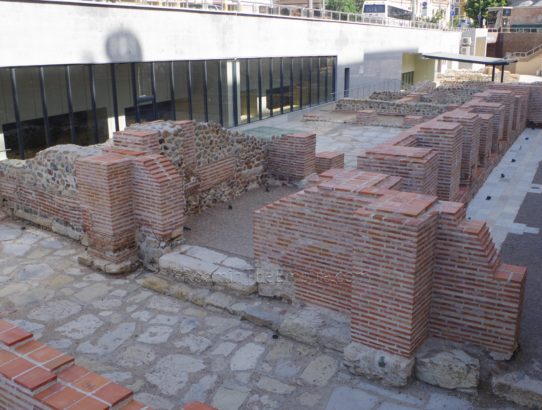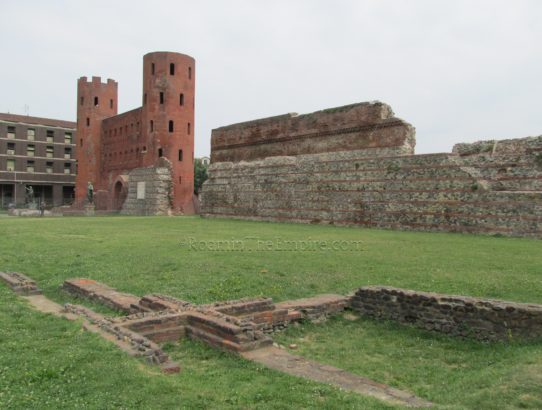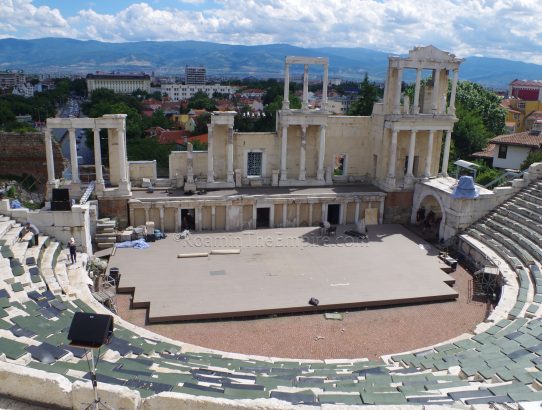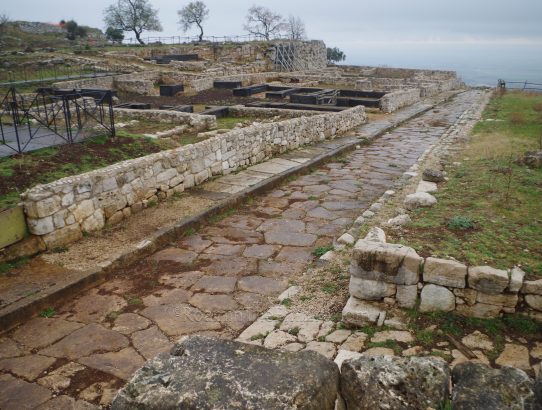Castra Legionis, Hispania Tarraconensis – Part II
Continued From Casta Legionis, Hispania Tarraconensis Part I Heading back out to the street in front of the walls, Calle Ruiz de Salazar runs for about 150 meters north before ending in Plaza San Isidoro outlet. Just beyond that is an excavated area of one of the towers of the 3rd-4th century walls of Castra…
Read More


